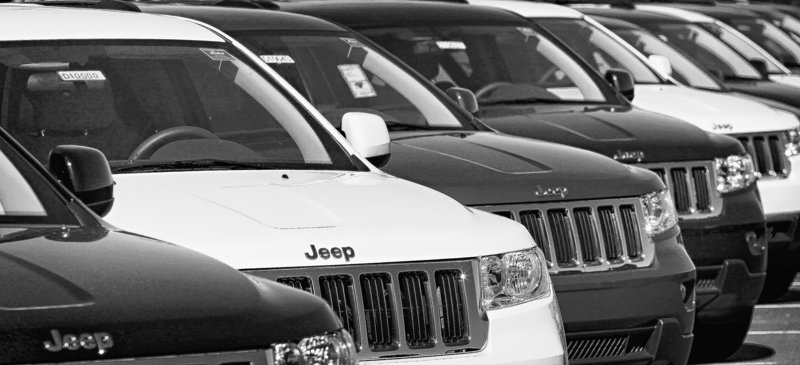If U.S. consumers are amid a green revolution, the news hasn’t reached car buyers.
With the end of the recession, bigger vehicles have made a comeback, sales figures show, and it has come at the expense of smaller, more efficient cars.
Leading the growth were sales of midsize sport utility vehicles, which jumped 41 percent through the first 11 months of the year. This group of vehicles includes the Jeep Grand Cherokee and the Honda Pilot, each of which get about 18 miles per gallon.
Sales of small cars, by contrast, remained flat. Sales of the Toyota Corolla and the Honda Civic declined, and even the fuel-sipping Toyota Prius, the hybrid darling of the eco-conscious, dropped 1.7 percent.
“You have about 5 percent of the market that is green and committed to fuel efficiency,” said Mike Jackson, the chief executive of AutoNation, the largest auto retailer in the country. “But the other 95 percent will give up an extra 5 mpg in fuel economy for a better cup holder.”
Overall, car and light-truck purchases climbed 12 percent from January to November, led by the consumer tilt toward SUVs and pickups, according to recent numbers from Autodata.
The rise in SUV sales comes as the auto industry, government officials and advertisers have been agog this year with environmental sentiment and boasts about the fuel efficiency of new battery plug-in cars, such as the Chevrolet Volt and the Nissan Leaf, which recently went on sale.
General Motors ads have touted the Volt, which runs on a battery for the first 40 miles, as “something we can all be proud of.”
Nissan has pitched the all-electric Leaf with an ad about a polar bear displaced by global warming. It calls the car “innovation for the planet.”
And President Obama, following the government rescue of GM last year and investment in battery plants around the country, has predicted a “new beginning” for a domestic industry that would manufacture “the fuel-efficient cars and trucks that will carry us toward an energy-independent future.”
But building more-efficient cars and getting consumers to buy them are different issues. Consumers’ tastes are a critical factor in determining the extent to which the nation can reduce its gasoline consumption and, in turn, greenhouse gas emissions and dependency on foreign oil.
In one sense, automakers have been improving fuel efficiency for years, selling cars with ever-more-efficient engines. In fact, a car purchased today is able to extract nearly twice as much power from a gallon of gas as its counterpart did 25 years ago.
But those gains in efficiency have been used to build bigger cars with more power, not save gas. The average mileage of the cars and light trucks on the road has barely budged since 1985.
“We have the technology, but what consumers choose is another matter,” said Gloria Bergquist, a vice president with the industry trade group Auto Alliance. “We need to get the technology out on the road.”
Brendan Bell, vehicles lobbyist for the Union of Concerned Scientists, notes that consumers have scaled back their enthusiasm for the largest SUVs and that forthcoming changes in federal fuel economy standards will force cars in all classes to be more efficient.
“It’s not like we are going back to where we were in 2007,” he said.
The most recent fuel economy standards, which were announced earlier this year, will push carmakers to achieve an average of 34 mpg by 2016 through annual improvements of about 4 percent.
Coming up for debate early next year are the rules that would set standards through 2025. Some environmental groups have called for a goal of 60 mpg, an achievement that could add more than $2,000 to the cost of a car, according to some estimates.
But corralling U.S. drivers into more-efficient cars can be difficult, particularly because gasoline has remained off its peak prices. When fuel prices are low, it takes longer for consumers to get a return on their investment in fuel-saving technologies, such as hybrids and plug-in vehicles.
This is true even when the government offers as much as $7,500 in incentives, as it is doing for the Leaf and Volt.
Send questions/comments to the editors.



Success. Please wait for the page to reload. If the page does not reload within 5 seconds, please refresh the page.
Enter your email and password to access comments.
Hi, to comment on stories you must . This profile is in addition to your subscription and website login.
Already have a commenting profile? .
Invalid username/password.
Please check your email to confirm and complete your registration.
Only subscribers are eligible to post comments. Please subscribe or login first for digital access. Here’s why.
Use the form below to reset your password. When you've submitted your account email, we will send an email with a reset code.